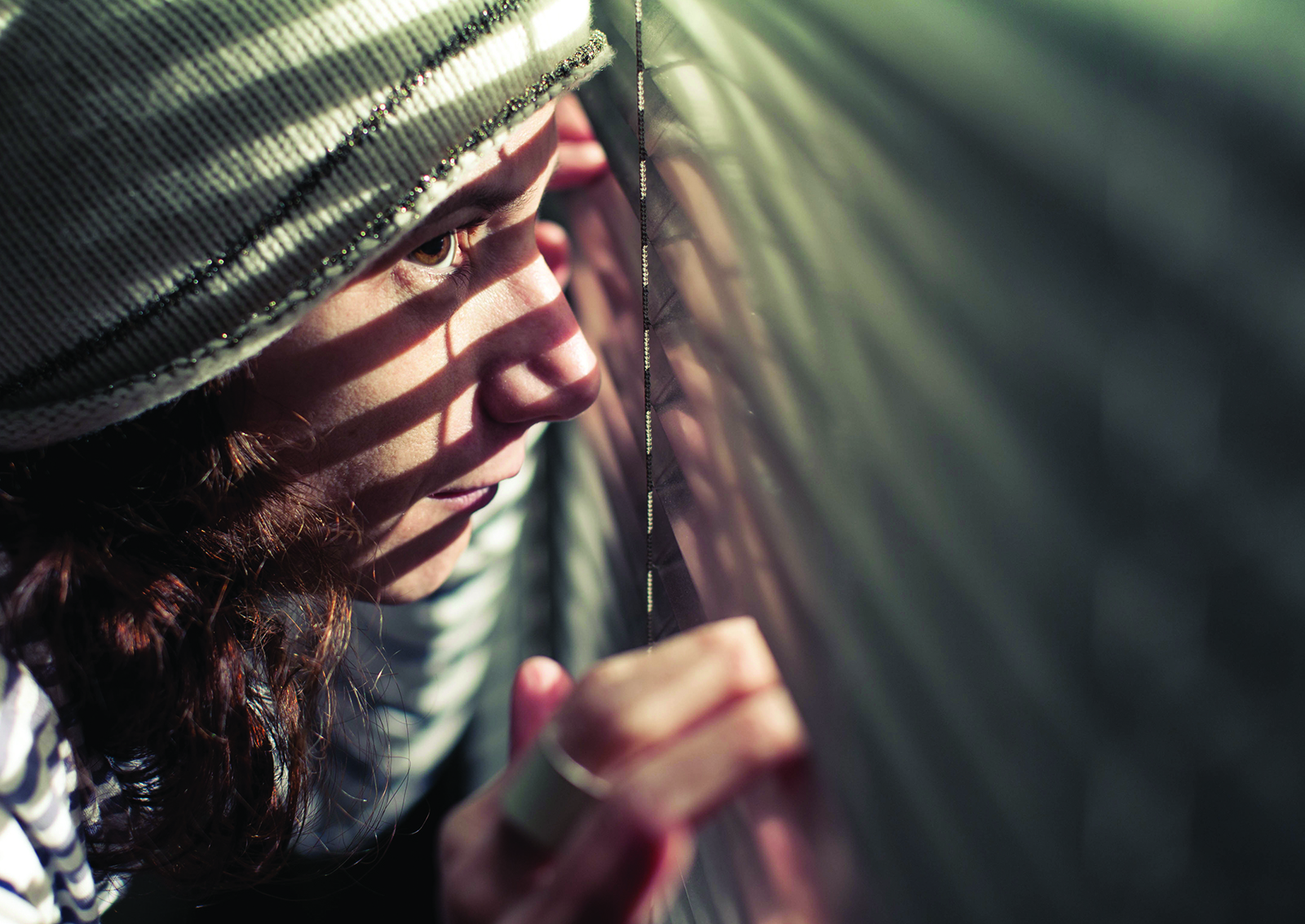
By Bethany Romano
“When someone enters the juvenile justice system, whether for a major crime or for stealing a lollipop at the local drug store, one of the first things that happens is they’re screened for drug abuse or mental health problems,” says Diana Bowser, director of the MS in Global Health Policy and Management program. If the person needs additional behavioral health assessments or treatment, then a complex dance ensues between the juvenile justice and behavioral health systems — two social service behemoths with independent structures, funding and bureaucratic quirks.
According to a research project Bowser is working on that examines the linkages between these systems, 78 percent of youth receiving services get an initial screening. Of them, 52 percent then get a full assessment to determine whether they need services. Of that group, 65 percent are determined to be in need of services, of which 75 percent get a referral. Of those that start treatment, 57 percent remain in treatment after six weeks, at which point only 23 percent continue care.
“These are all points during the process where youth can drop off or get lost,” says Bowser. It’s worse if the coordination between the juvenile justice agency and behavioral health system is poor — so Bowser and a network of researchers want to facilitate better coordination between both systems.
To that end, in 2013 the National Institute on Drug Abuse funded the Juvenile Justice Translational Research on Interventions for Adolescents in the Legal System (JJ-TRIALS), a huge, five-year cooperative research study across 36 sites in seven states. Bowser says, “This project is all about figuring out how to make sure these youth get what they need — and that both systems work together to achieve it — while improving efficiency and access.”
First, researchers at each site mapped out these systems and identified inefficiencies. Then they brought together partners from juvenile justice agencies and the behavioral health system to identify ways to improve. Half of the sites receive extra facilitation to help them achieve their goals. The other half (the control group) are left to work on their goals without outside help.

Bowser, a health economist by training, is analyzing whether extra facilitation is a cost-effective solution. “We’re looking to see whether the sites that receive help work better together than those that don’t. I’ll know if they’re succeeding by measuring the outcomes of the youth — are they starting and completing treatment? Are they re-entering the juvenile justice system? That’s the real question.”
JJ-TRIALS is important because, Bowser notes, our understanding of what it means to be “healthy” becomes more complex every day. To provide effective care, we need to cross many different systems. “These youth in the juvenile justice system often also have substance use problems, mental health problems — they can’t get what they need in just one place. More and more, we see that health overlaps with what are thought of as non-health systems, like criminal justice, education and housing. The more we understand how to cross these boundaries and facilitate partnerships, the healthier people will be.”
This story originally appeared in the fall 2016 Heller Social Policy Impact Report.
